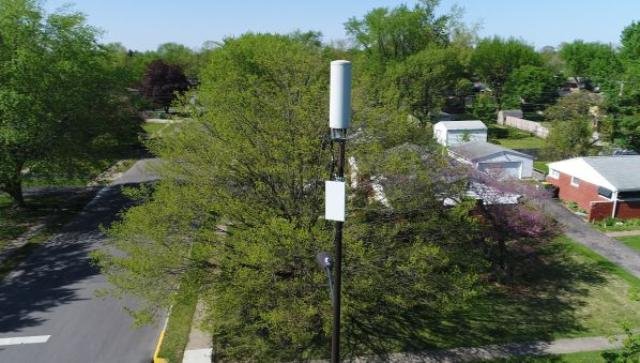ABI Research has provided a detailed overview of the Fixed Wireless Access (FWA) market in South-East Asia (SE Asia).
 The key points highlighted include the projected growth in FWA subscriptions, factors contributing to this growth, the role of FWA in bridging the digital divide, challenges related to broadband penetration, the emergence of 5G FWA, and considerations for successful FWA implementation.
The key points highlighted include the projected growth in FWA subscriptions, factors contributing to this growth, the role of FWA in bridging the digital divide, challenges related to broadband penetration, the emergence of 5G FWA, and considerations for successful FWA implementation.
Projected Growth of FWA Market in SE Asia: The FWA market in South-East Asia is projected to reach 7.87 million subscriptions by 2028, with a compound annual growth rate (CAGR) of 13 percent between 2023 and 2028. The estimated service revenue market for FWA by the end of 2028 is $2.23 billion.
Factors Contributing to Growth: Several factors contribute to the growth of the FWA market in SE Asia, including efforts to address the digital divide, the rise of 5G activities in the region, and the potential for additional service revenue streams for Communication Service Providers (CSPs).
Role of FWA in Bridging the Digital Divide: FWA is considered an ideal technology to bridge the digital gap in the South-East Asian region. It offers a holistic solution to connect underserved populations due to its rapid deployment, cost-effectiveness, and adaptability in terms of coverage by leveraging wireless technologies like 4G and 5G.
Challenges with Fixed Broadband (FBB) Penetration: Countries in SE Asia, such as Indonesia, the Philippines, and Malaysia, face challenges with low Fixed Broadband (FBB) penetration rates of below 50 percent. FWA has emerged as a preferred solution due to difficulties in deploying consistent fiber infrastructure, especially in archipelagic countries.
Emergence of 5G FWA: 5G FWA, offering fiber-like connectivity speeds, ultra-high throughput, and ultra-low latency for broadband, has been introduced by CSPs like Telkomsel and Globe Telecom. Some countries with extensive fiber availability, like Singapore, Thailand, and Vietnam, have less demand for FWA services.
Next Stage of 5G FWA: The next stage of 5G FWA in South-East Asia involves utilizing extended range mmWave. Trials and collaborations, such as those between Qualcomm, Ericsson, and Telkomsel in Indonesia, play a crucial role in closing the digital divide in the region.
Considerations for Successful FWA Implementation: It’s important to consider factors like spectrum availability, regulatory environments, and collaborations between the private and public sectors when implementing FWA initiatives, Jake Saunders, VP for Asia Pacific at ABI Research, said.
